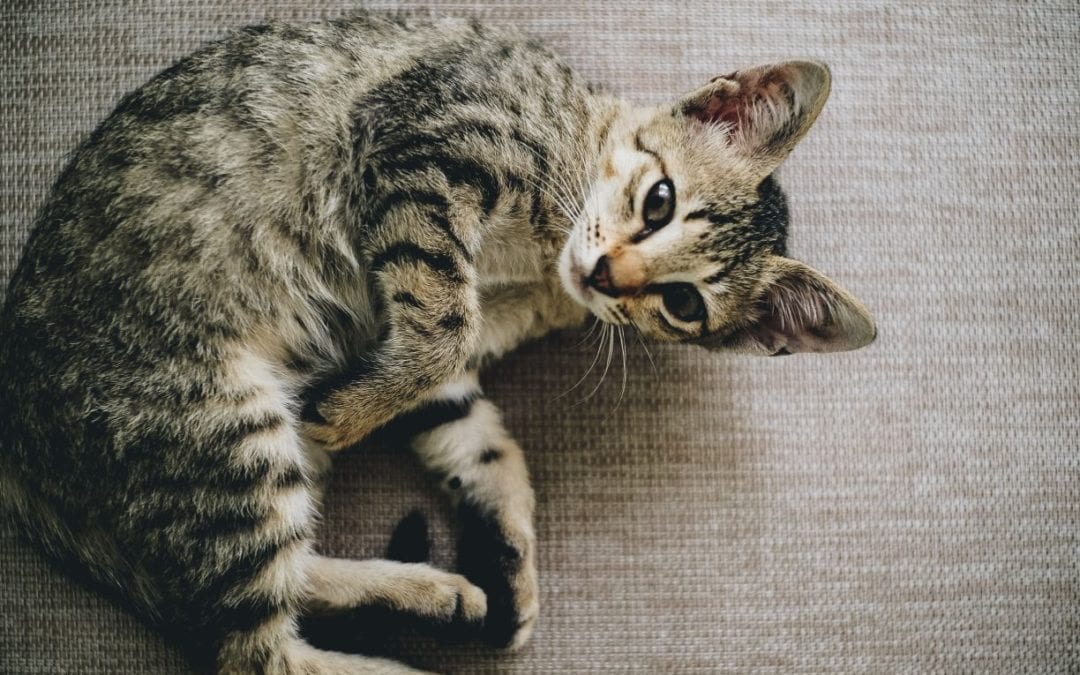Cats speak volumes through their body language. Your feline friend speaks with her tail, ears, whiskers, eyes, and body posture. Learn what to watch for so you can find out what she’s saying.
Signs of an alert, happy cat
A happy cat seeking attention is often easy to identify, but inappropriate petting can change your cat’s mood quickly. When your feline friend is curious and interested in interaction, you’ll notice the following:
- Her tail will be level with her back, or high in the air with a slight curl at the tip.
- She will hold her head high.
- Her whiskers will be held level with the sides of her mouth.
- She will hold her ears high on her head, facing forward.
Happy cats often meow to seek attention, or they purr contentedly, occasionally offering a trill or chirp to garner petting and praise.
Signs of an afraid cat
Cats who are afraid can become aggressive, at which point, it’s easy to identify her mood. Prior to her lashing out, you may notice the following fearful indicators in your cat:
- A crouched body position that’s slightly arched, ready for a quick getaway or attack
- Her tail curled around her body
- Lowered ears that are turned out
- Dilated pupils
- Whiskers flat against her face
If the object of your cat’s fear moves closer, she will likely arch her back, raise her hair, and growl, hiss, and swat. At this point, you should back away and allow your cat to calm down.
Signs of an anxious cat
An anxious cat will remain still to better evaluate the situation without attracting attention.
- When standing, her back will be lower than her front, as she slinks away from a troubling situation.
- She will hold her tail low to the ground and may flick it rapidly back and forth as her anxiety mounts.
- Her eyes will widen, and her pupils dilate as she remains alert for danger.
- Her ears will begin to turn out to the side, shifting lower on the head, or begin to twitch.
Not sure what your cat is communicating? Contact us for help with deciphering her body language.

